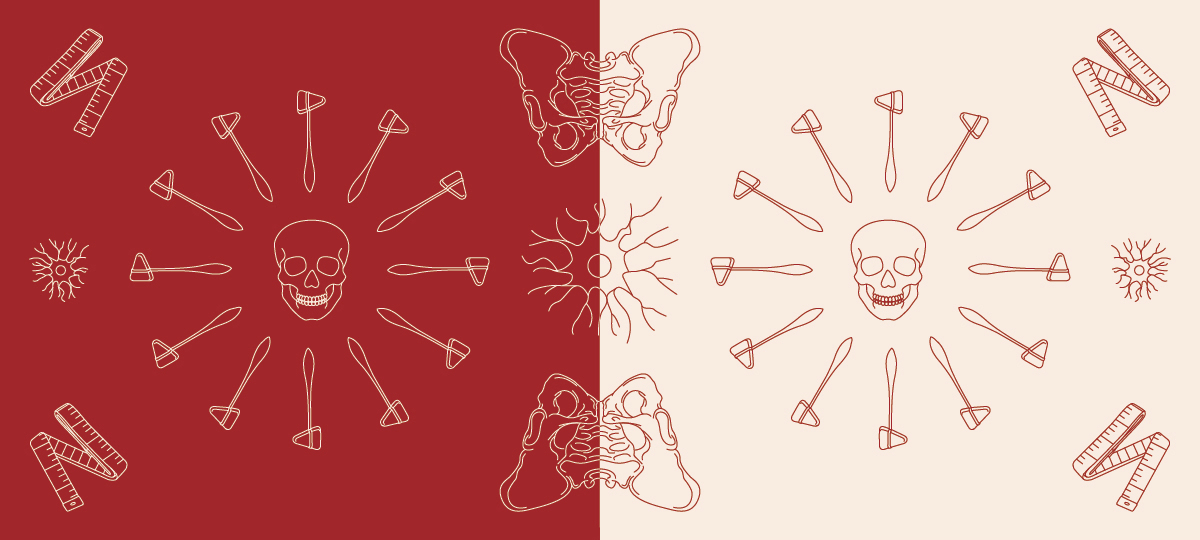I’m sure many of you have begun your gardening (same!) or are in the middle of small home reno’s (me too!) during this time, but I’m going to guess one thing everyone might have in common – shoulder pain. It can get to the point of disabling pain, and most often individuals still push through it, or don’t do anything at all, both of which are the worst things you can do.
The pain can be characterized by increasing while raising your arm up over your head (if you can even do that) or extending your arm back, and weakness is a factor as well. Sleeping on said shoulder can keep you up at night, and you’ll have a pretty rough morning. With proper orthopaedic assessments by a Registered Health Practitioner (RMT, PT, Chiro, AT etc.) or your Family Doctor, they might tell you that you have a supraspinatus impingement.
Most muscles turn into a tendon to attach to bone, some muscles obviously don’t fit the bill whereas they don’t turn into a generally recognized tendon, but they turn into tendinous tissue to attach to bone. With the anatomy of this muscle, it’s situated onto your scapula (shoulder blade), specifically the top third (in a fossa which is a shallow depression of the bone). The tendon of this muscle sneaks underneath your clavicle (collarbone) and attaches to the greater tubercle of the humerus (or just tip of your shoulder to help visualize). In this region, it’s a pretty narrow passageway, so if you think about flexing your biceps during flexion, you can visibly see the muscle ‘grow’ in size during contraction. Now imagine overusing a specific muscle and that passageway becomes smaller and tighter, and the corresponding tendon is still forcing its way through, because of the demand you’re putting it under during any activity. This friction in turn causes inflammation. So now that the tendon is inflamed and has increased in size (as swelling is one of the signs and symptoms of inflammation), that passageway is even more smaller and the pain gets kicked up a big notch. The longer this pathology goes on for, eventually tearing may result and that can take longer to recover from.
Aside from repetitive movements, there’s still a few factors that can play a part in supraspinatus impingement. The type of acromion (the outside tip of the scapula), the dominancy of your hand/shoulder, your skeletal/functional posture, and overall health of your body (like any muscle wasting, osteoarthritis, etc) can change how your shoulder performs when meeting the demands. These factors are better explained in person during an assessment as there’s only so much I can write (and I don’t want to bore you!).
So once it has been confirmed that you do have a supraspinatus impingement (a 100% diagnosis is imaging), now is the time for the appropriate rehab. Some rest is recommended, but you don’t want to just stop everything and sit on the couch for 8 weeks. You need to listen to your body first and foremost, and know what your limitations are. If pain starts with any activity then stop of course, but use this time only as a break and try to come back to that activity later on. I am a HUGE advocate for icing, but not the standard ice pack you leave on for 15 minutes for something like a supraspinatus impingement. I frequently perform ice massage to my patients to areas of inflammation, where I take a large ice cube that I make with water frozen in a paper cup so I can rip off excess paper and use it as a protective layer for my fingertips, and physically massage and knead the region with the ice cube. This method allows the benefits of passive therapy to encourage tissue health and circulation of the area, while simultaneously receiving the positive effects of the anti-inflammatory response from the ice. This is only to be used as pain relief though, so don’t depend on JUST icing! Strengthening the weakened surrounding muscles to aid in support for supraspinatus and maintaining range of motion are the biggest and most important steps to take for recovery, so seeing a manual therapist like myself, will make the recovery manageable and positive.
Be on the look-out this weekend for a tutorial on ice massage and functional range conditioning of the shoulder!
Give The Honesty Policy a follow on Facebook at @thehonestypolicyca and on Instagram at @thehonestypolicyca . Here you can watch my tutorials and read condensed versions of my blog posts!

Subscribe to our newsletter!
The medical information on this site is provided as an information resource only, and is not to be used or substituted for any diagnostic or treatment purposes. The information we provide is for general use. Always seek the guidance of your doctor or other qualified health professional before making any medical decisions.
If you think you may have a medical emergency, call your doctor, go to the nearest hospital emergency department, or call the emergency services immediately. If you choose to rely on any information provided by The Honesty Policy, you do so solely at your own risk.
